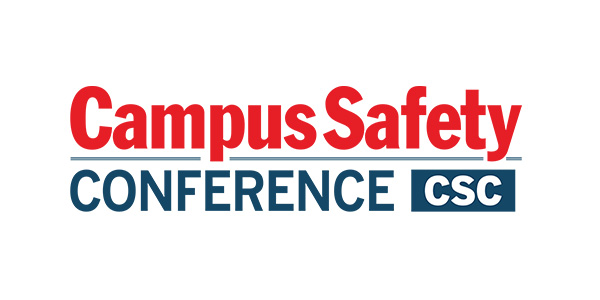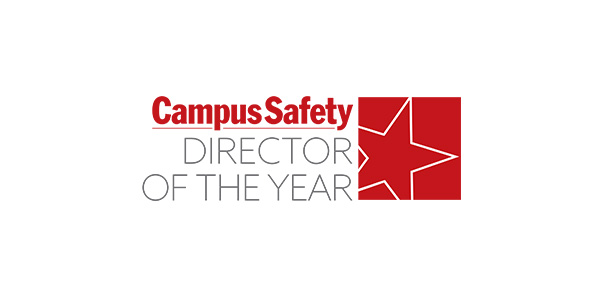For public safety professionals and decision-makers responsible for campus security, mitigating the risk of forced entry in vulnerable areas is a constant concern. Classrooms, administrative offices, libraries, and dormitory entryways are often points of weakness — especially when they feature expansive glass windows and doors. These access points, while architecturally beneficial for natural light and visibility, can also serve as an open invitation to intruders unless properly fortified.
Security window tint offers a cost-effective, unobtrusive solution to strengthen these vulnerable areas and enhance overall campus safety.
Security tint, often referred to as security window film or commercial privacy film, serves as a visual and psychological barrier on windows and glass doors. Its presence can discourage break-ins by increasing the perceived difficulty of entry. This added complexity can delay intruders, serving as a passive deterrent that enhances safety without altering the appearance of the building.
Slowing Down Intruders Using Security Window Film: Gaining Time for Response
One of the primary benefits of security film is its ability to delay unauthorized entry. In many intrusion scenarios, time is a critical factor. Intruders typically aim to act quickly — smash a window, grab valuables or confront occupants, and flee before security can respond. Security tint interrupts this plan. The resistance discourages impulsive break-ins and frustrates more calculated attempts, increasing the odds that campus police or local law enforcement will arrive before the situation escalates.
RELATED: Glass Window and Door Security: A Growing Concern for Campus Protection Pros
This delay in entry is more than just a physical barrier; it provides a critical time buffer for emergency response. In active threat scenarios, every second counts. Security tint can slow intruders long enough to allow building occupants to initiate lockdown procedures or evacuate to safer areas. It also buys time for campus security personnel to respond, assess the threat, and coordinate with emergency services. In short, it acts as a passive first responder — one that requires no power or maintenance.
Security Window Film Offers Practical Benefits and Versatile Installation
Another key advantage of security tint is its adaptability. It can be applied to most existing glass surfaces without major renovations or disruption to campus operations. This makes it especially useful for retrofitting older buildings or for enhancing areas that may not be viable for more complex security installations. Libraries, reception areas, administrative offices, and student lounges are all candidates for this added protection.
In addition to resisting forced entry, many privacy film options also provide UV protection and reduce glare, which can improve comfort for students and staff.
The visual deterrence provided by tinted or mirrored security films also plays a role in campus safety. By obscuring clear lines of sight into a building, these films reduce the opportunity for would-be intruders to scope out targets or track movement inside. This visual ambiguity can make a potential break-in less attractive or more difficult to plan, particularly when combined with other security measures like surveillance cameras and access controls.
RELATED: How to Choose Security Camera and Window Film Vendors
For institutions looking to enhance their security posture without making spaces feel overly fortified or intimidating, privacy film offers a discreet solution. It integrates seamlessly into the campus environment while silently reinforcing critical entry points. Unlike bars or gates, it preserves architectural aesthetics and does not create a prison-like atmosphere — an important factor when balancing security with the need for open, welcoming spaces in educational settings.
Decision-makers should also consider the long-term value security tint provides. Compared to:
- The cost of replacing broken windows
- Managing emergency incidents
- Potential liabilities and legal exposure
- Downtime from break-ins or repairs
Security tint is a relatively low-cost investment with high impact. Its installation can often be completed in a matter of hours or days, with minimal interruption to regular activities. Combined with other security technologies and protocols, it becomes a vital part of a holistic approach to protecting the campus community.
Ultimately, security window tint is not a silver bullet, but it is a powerful layer in a multifaceted defense strategy. It does not replace the need for trained personnel, access control systems, or emergency response plans, but it complements them. For public safety professionals, the value lies in how it contributes to delaying threats, reducing vulnerability, and improving outcomes during emergencies.
As campus safety threats continue to evolve, so must the measures taken to address them. Adding commercial privacy film to glass surfaces in vulnerable areas is a smart, strategic move that can prevent opportunistic intrusions, protect property, and, most importantly, save lives.
David Johnson is President of AAA Glass Tint, a family-owned business offering a variety of window tinting services, including security, solar control, privacy and bird safety films.
NOTE: The views expressed by guest bloggers and contributors are those of the authors and do not necessarily represent the views of, and should not be attributed to, Campus Safety.












